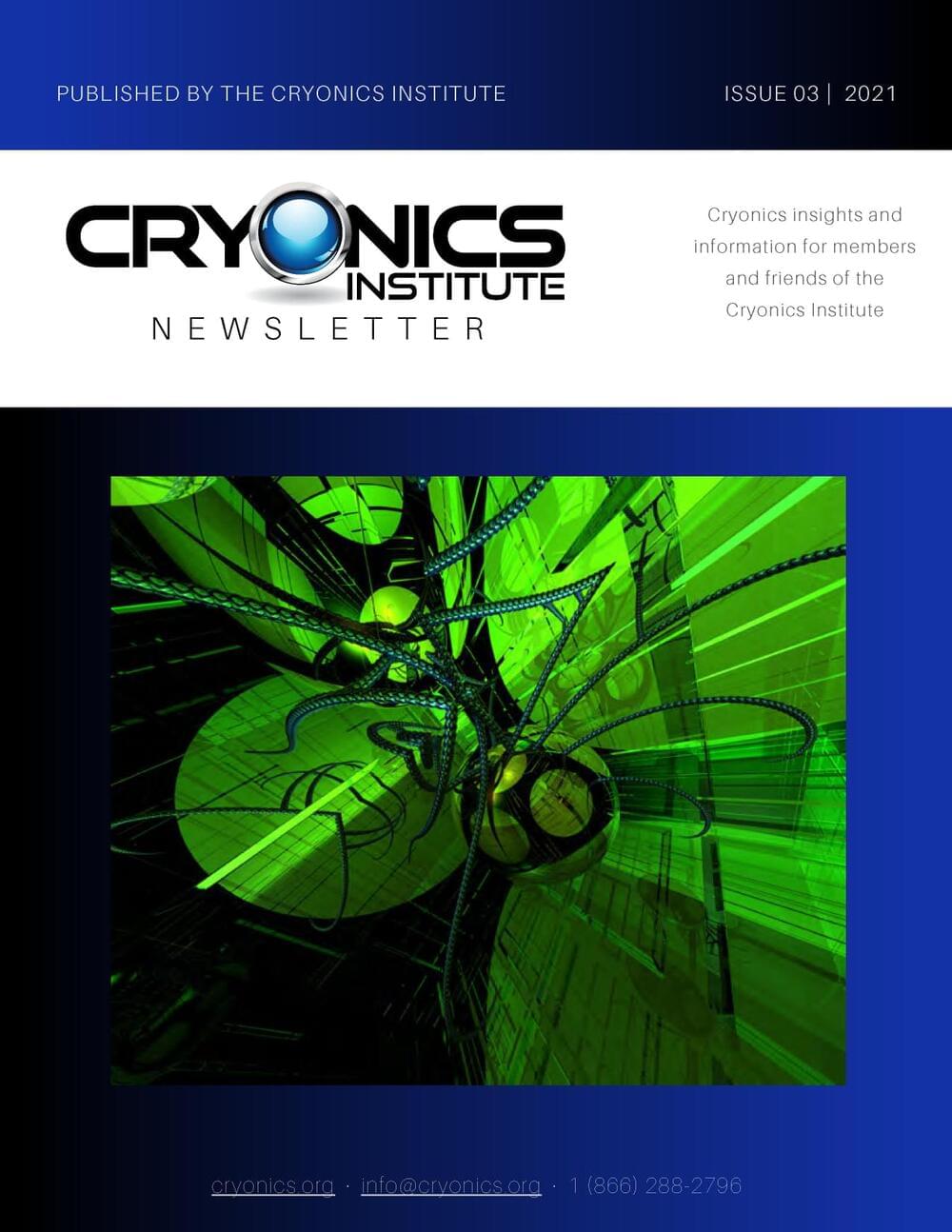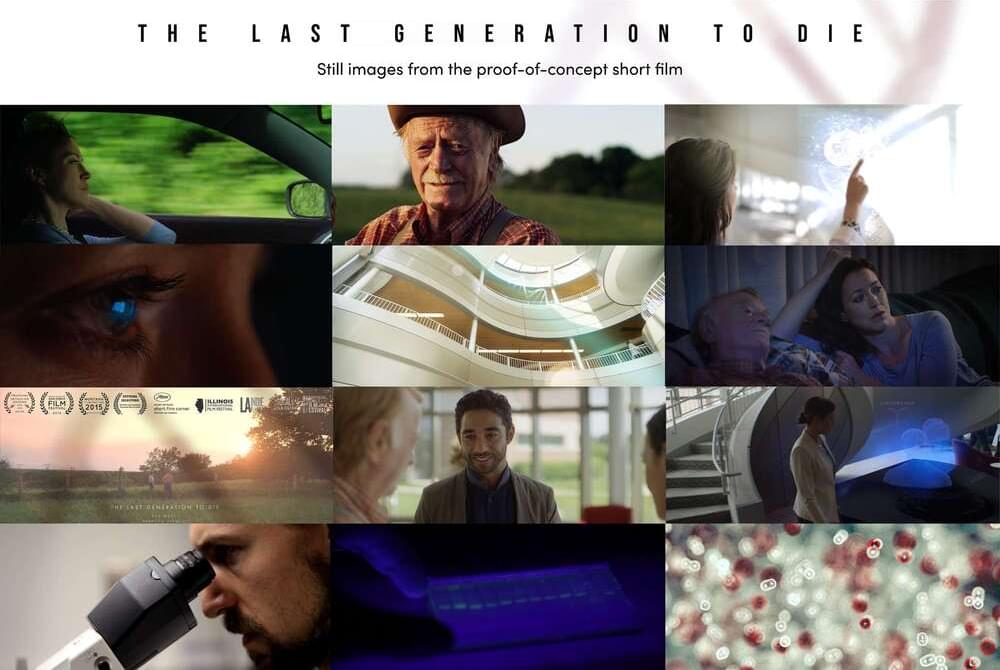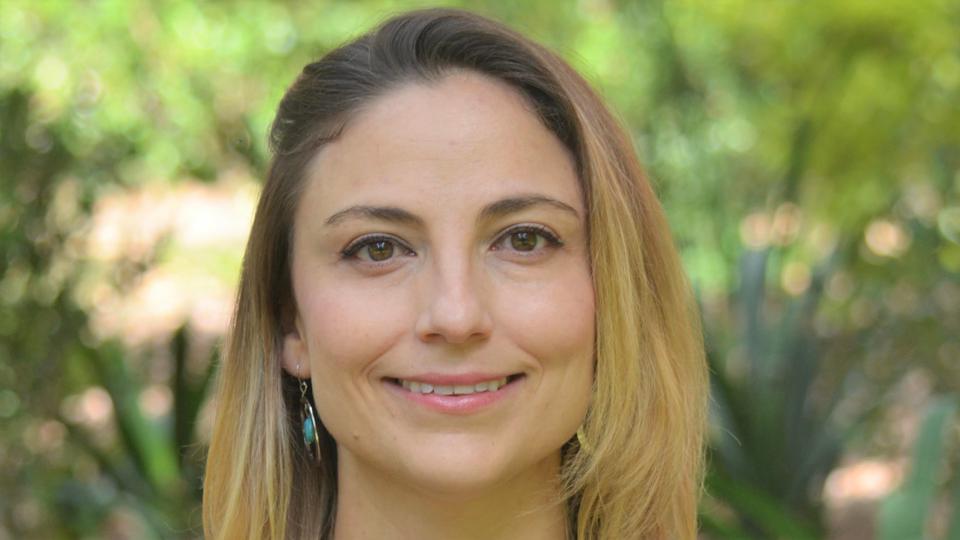Archive for the ‘life extension’ category: Page 216
Dec 5, 2021
5 Most Promising Anti-Aging Compounds (Updated 2022)
Posted by Montie Adkins in categories: biotech/medical, life extension
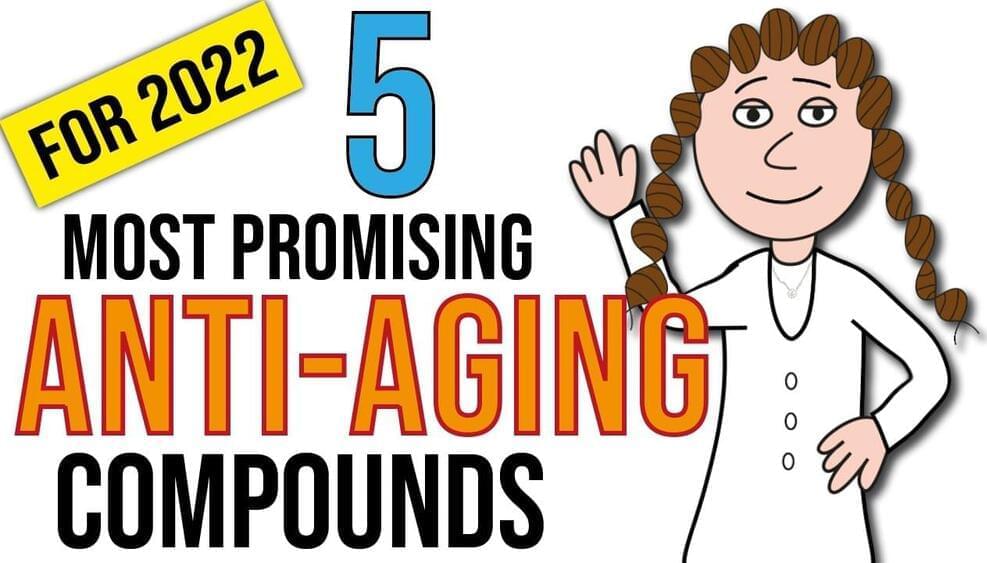
Due to last years success, I am back with an updated list of my 5 most promising anti-aging compounds.
There are more than 200 different geroprotective compounds. Some of these are already available as supplements, some are in clinical trials and some have FDA approval. Which are my top 5 that I think i most promising in terms of their anti-aging effects (so focusing more on healthspan than lifespan). And note the use of “promising” — there is still much work to be done to better investigate the long-term safety, dose and timings of different supplements which you should always bear in mind.
Continue reading “5 Most Promising Anti-Aging Compounds (Updated 2022)” »
Dec 4, 2021
New Synthetic Biomaterial Can Repair Hearts, Muscles, and Vocal Cords
Posted by Saúl Morales Rodriguéz in categories: biotech/medical, chemistry, engineering, life extension
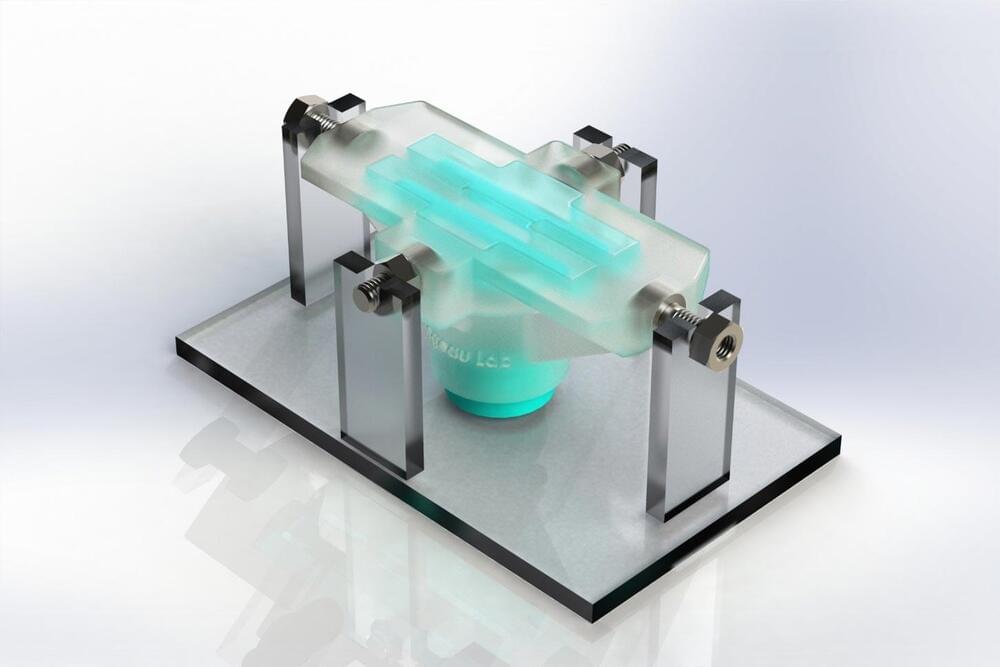
Combining knowledge of chemistry, physics, biology, and engineering, scientists from McGill University develop a biomaterial tough enough to repair the heart, muscles, and vocal cords, representing a major advance in regenerative medicine.
“People recovering from heart damage often face a long and tricky journey. Healing is challenging because of the constant movement tissues must withstand as the heart beats. The same is true for vocal cords. Until now there was no injectable material strong enough for the job,” says Guangyu Bao, a PhD candidate in the Department of Mechanical Engineering at McGill University.
Dec 4, 2021
How Many Calories Are Optimal For Health?
Posted by Mike Lustgarten in categories: biotech/medical, food, life extension
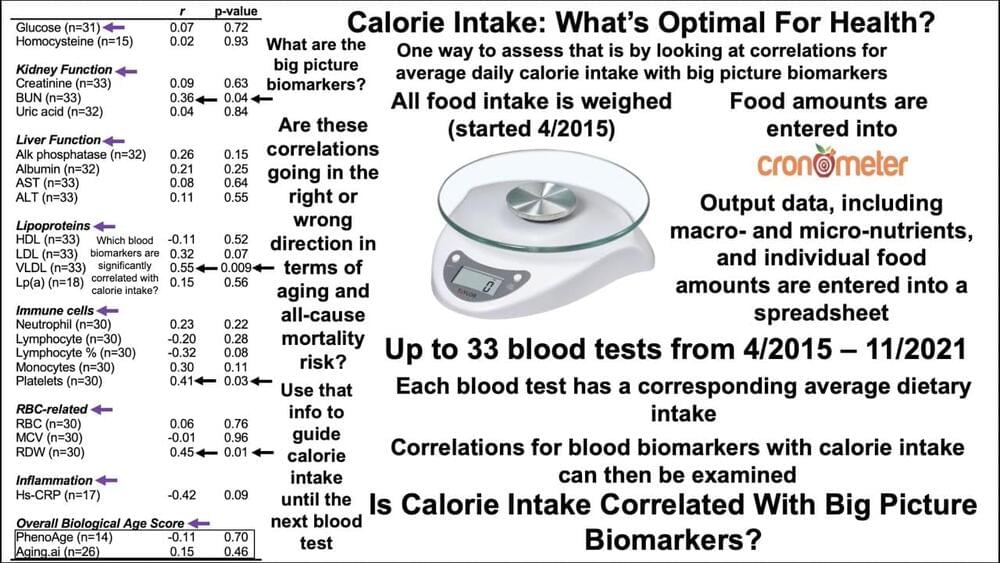
Join us on Patreon!
https://www.patreon.com/MichaelLustgartenPhD
Papers referenced int the video:
Joint distribution of lipoprotein cholesterol classes. The Framingham study.
https://pubmed.ncbi.nlm.nih.gov/6573877/
Continue reading “How Many Calories Are Optimal For Health?” »
Dec 3, 2021
Engie and Macquarie to fund 150MW big battery at Hazelwood
Posted by Shubham Ghosh Roy in categories: life extension, robotics/AI
Engie and Macquarie to build 150MW one hour battery at site of shuttered Hazelwood coal generator.
French energy giant Engie and Macquarie’s Green Investment Group are to jointly fund the construction of a 150MW/150MWh big battery at the site of the now closed Hazelwood brown coal generator.
The announcement, which comes four years after Engie closed what was Australia’s dirtiest power station, continues the trend of using the sites of closed or ageing coal and gas plants to build battery storage to support the switch to 100 per cent renewables.
Continue reading “Engie and Macquarie to fund 150MW big battery at Hazelwood” »
Dec 2, 2021
David Sinclair || Why We Age and Why We Don’t Have To
Posted by Kelvin Dafiaghor in categories: biotech/medical, evolution, genetics, life extension
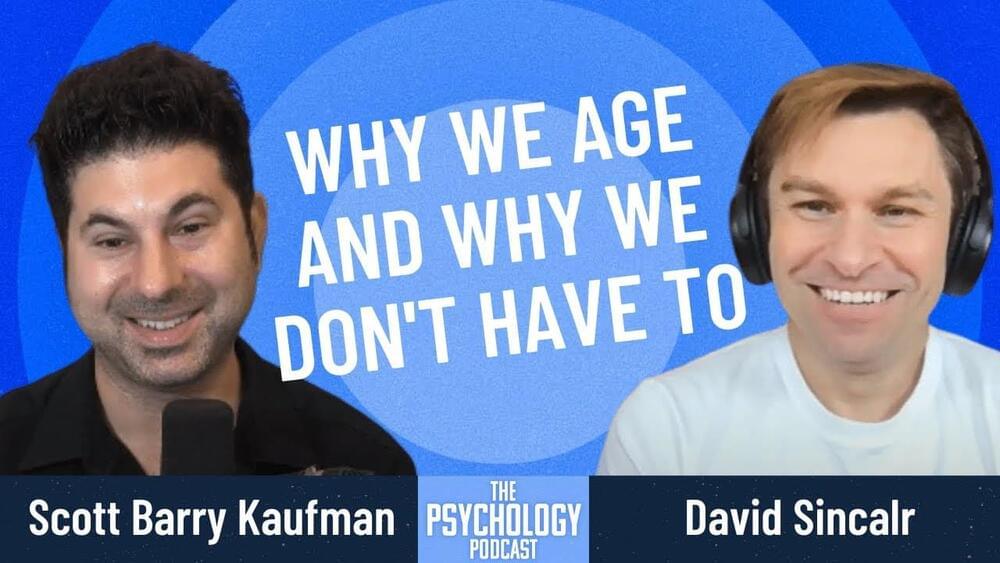
In this episode, I talk to world-renowned biologist David Sinclair about aging and longevity. David rejects the notion that the deterioration of health is a natural part of growing old and asserts that aging is a disease itself that we need to reverse. But how will a reset of our biological clocks affect our interactions, responses to adversity, morality, and how we live our lives? We discuss the ethical implications of limitless lifespans and also touch on the topics of death, evolution, genetics, medicine, and data tracking.
Bio.
Dr. David Sinclair is a professor in the department of genetics and co-director of the Paul F. Glenn Center for Biology of Aging Research at Harvard Medical School and co-founder of the scientific journal Aging. He is best known for his work on understanding why we age and how to slow its effects. In addition to being a co-founder of several biotechnology companies, he’s the author of the book Lifespan: Why We Age – and Why We Don’t Have To. Dr. Sinclair was listed by TIME magazine as one of the “100 most influential people in the world”.
Continue reading “David Sinclair || Why We Age and Why We Don’t Have To” »
Good news, everyone! We’ve been selected for a Gitcoin grant partnership to help democratize and incentivize future funding for our upcoming feature-length film’s development.
Gitcoin grants operate with crypto under a system known as “Quadratic Funding.” In other words, amounts are important, but the number of people donating also helps tremendously by boosting matching funds from a pre-established pool. So even small donation amounts can be hugely helpful. Therefore, any donation we receive from you will then be matched at an ever-increasing amount with each new donation.
We’re very excited to see where this takes us and if you’d like to contribute to the financing with more bang for your buck, check out the link below and start donating!
Dec 2, 2021
Forever Young — Searching for the Fountain of Youth | Clip of a CBS News Special
Posted by Andrés Grases in category: life extension
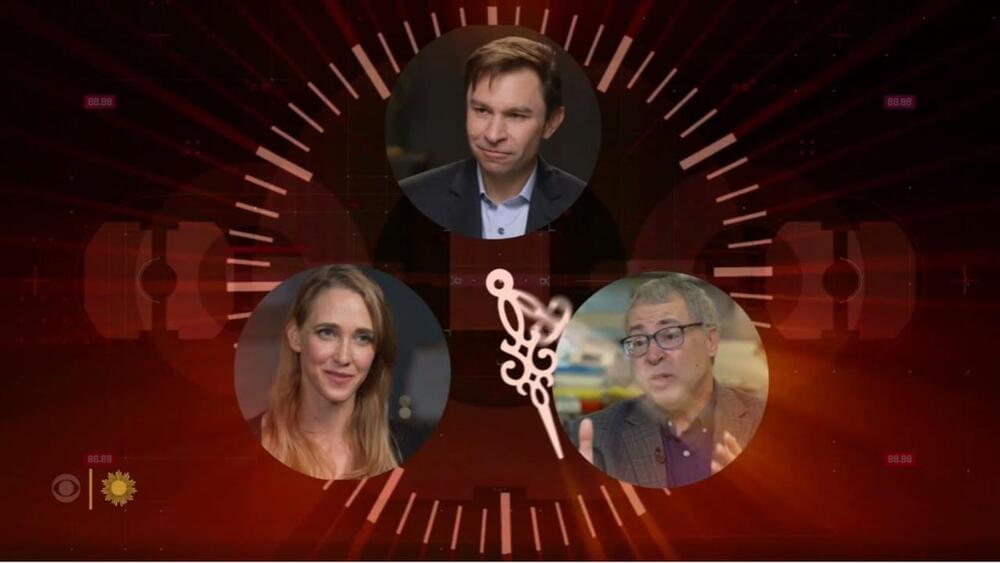
This is a short videoclip I made of the CBS News Special program entitled “Forever Young_Searching for the Fountain of Youth” aired on Nov 29, 2021.
The entire program lasts 43 minutes and in this 2-minute videoclip I highlight the excerpts I found most relevant. In the description of the video is the link to see the entire program.
Dec 1, 2021
Mexican Scientist Asks What Can Ants Tell Us About Human Fertility
Posted by Gemechu Taye in category: life extension
Mexican biologist Ingrid Fetter-Pruneda is studying the longevity and fertility in ants in the hope of helping to develop strategies to avoid, slow down or reverse female reproductive aging in other animals or in humans.
Fetter-Pruneda, an Assistant Professor at the Universidad Nacional Autónoma de México (UNAM), says most animals show a trade-off between longevity and fertility, but one of the most striking features of ants is that the queens are simultaneously very long lived and very fertile, while the workers are short lived and sterile.
“I am trying to figure out the cellular and molecular mechanisms that allow queens to remain fertile throughout their relatively long lives,” Fetter-Pruneda says, “Many molecular pathways are conserved across many species, and new discoveries in ants could help direct research in other organisms.”
